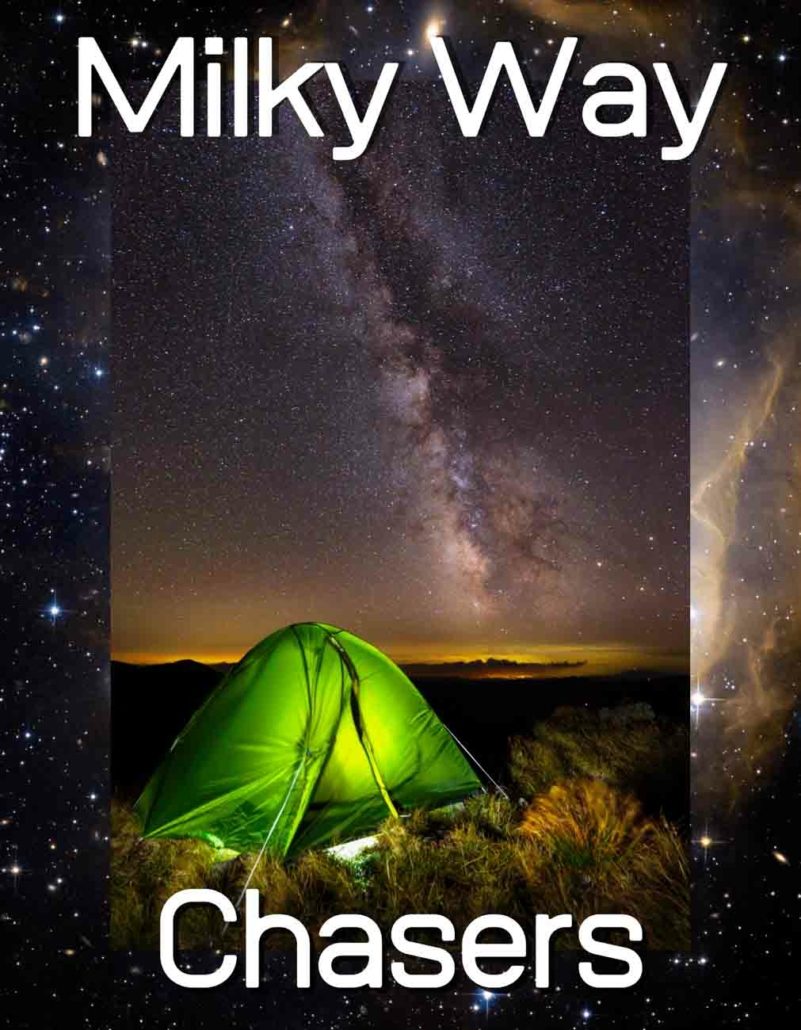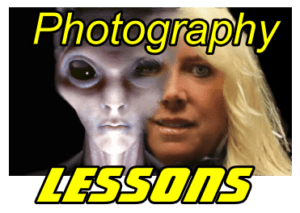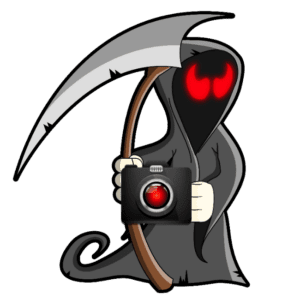How to Focus
Use live view. Use your camera’s live view to focus in the dark, hit the zoom button, and focus on a bright star. You can also use the infinity setting on your lens but do several test shots to determine accuracy. It can be off a little on some lenses. You can also light it up with a flashlight, focus, then gently, without touching the focus ring, put the camera in manual focus so it will not search for the focus. You must do this each time you move your camera to take your next angel.
Camera Settings
ISO
Start with ISO 1600 – 3200. This is a common starting point, and you will adjust from here.
Shutter Speed
Remember, the earth is rotating. If you leave the shutter open for too long, you will see star trails that will not make for a crisp image. We want crisp non-star trail images. Here is the formula to avoid star trails—the 500 rule – Divide 500 by the focal length of your lens. So, if you have a 24mm lens on a full-frame camera, you will set your shutter speed to 20 sec. (500/24 = 20.83). If you are using a crop sensor camera, first do the math of the crop sensor to find the focal length. Cannon is 1.6, and Nikon is 1.5. Convert to full-frame focal length, then use the formula. Nikon 18mm x 1.5= 27mm – 500/27 = 18.51 seconds.
Aperture
Depth of field isn’t critical in these shots, but letting the light into the camera is; therefore, you should shoot wide open. If the depth of field is essential to you, try not to go too high. (wide open =the lowest aperture your camera will allow). You will have to increase the ISO some, giving you digital noise.
White balance suggestion:
Use live view mode to change your white balance settings and see what it will look like. You can shoot in shade or cloud mode as a standard setting and adjust things later.
When to view the Milky Way & Dark Skies
The Dense part of the Milky Way.
We can see this part of the milk way in the southern sky. During March, April, and May, the milky way rises above the horizon in the pre-dawn hours. At about 10:00 p.m., you will see the milky way in June. From July until October, you can see the milky way as soon as the sun sets, and it becomes dark enough to see about an hour after sunset. In November, the milky way no longer comes above the horizon. You will have to wait until March if you want to stay away really late or get up early to see her again.
See our Night Photography Information.












 Photography, Lessons, Workshops and Classes.
Photography, Lessons, Workshops and Classes.